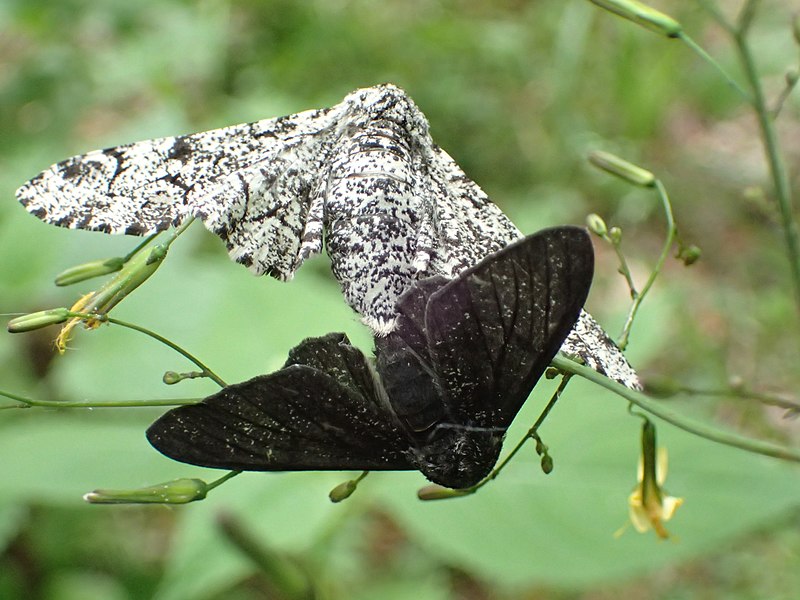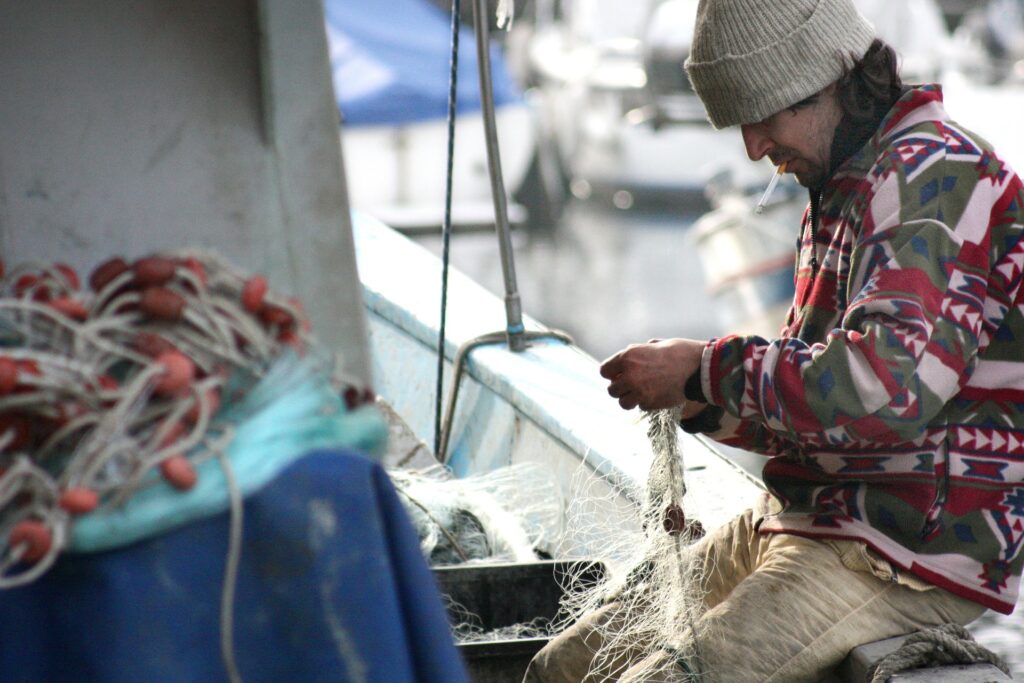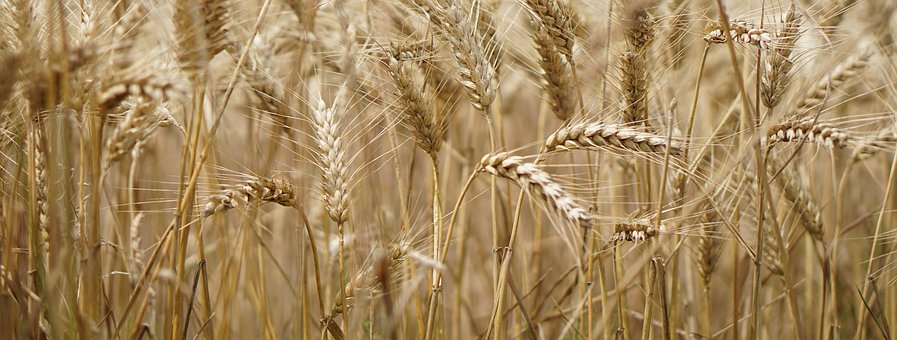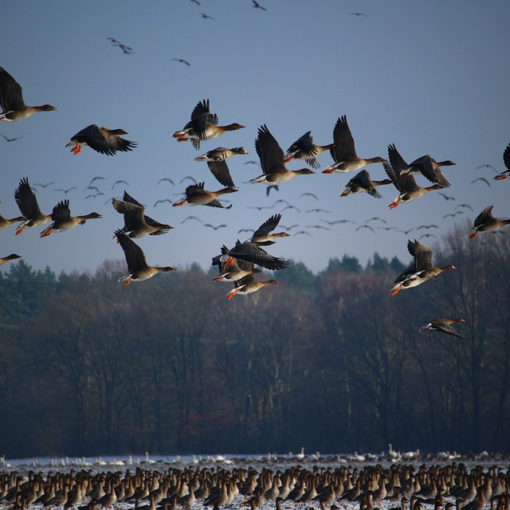The mechanisms that regulate the alternation of species on our planet are often described as an eternal “struggle for survival”. Anyone who has read Darwin carefully knows that this is not the case.
It is the word “struggle”, so dear to the warmongering mentality of our species, which has little to do with the origin and alternation of the different species in the different and changing habitats that make up the Earth. It is true that the food web that connects species, making each prey for some and predator for others, is only apparently violent: animal species survive not only on the basis of their ability to escape predators but above all on their ability to adapt. to the countless factors that at that moment regulate the environment in which they live.

The famous case of the Birch Moth (Biston betularia) is an example.
The moth is white speckled with dark patches. This coloring allows it to blend in with the eyes of birds, its natural predators because it is similar to the crusty lichens that grow on the trunks of the birch trees of which it is a host.
In England in the second half of the 1700s, the pollution generated by the use of coal in factories led to a strong reduction in lichens. A layer of soot covered the trees near industrialized areas. As a result of this anthropic phenomenon, in those areas, there was the appearance of dark moths dotted with white, which in turn, began to disappear starting from 1950, the year in which a law was promulgated which, by contrasting air pollution, allowed the reappearance of the lichens on the tree trunks and therefore the reappearance of the pale moths.
In this case, the selective factor is evidently constituted by the birds, which initially preyed on the light moth on the trunks blackened by coal dust and then the dark moth on the soot-free trunks.
The possibility of changing the color did not depend, obviously, on the express will of the moth, but on its genetics: the moth has genes that express the dark color and others that express the light one in a balanced way; the selective factor, being distinguishable from the substrate, decides which of the two colors will be safer from predation and therefore which one survives.
The Biston betularia does not engage in any “struggle”: it merely exists and reproduces. It will be the interaction between the environment and the ability to express its genes to determine the appearance of individuals of this species.
Climbing up what, improperly, is still called the evolutionary ladder, the questions become more complicated. With vertebrates, we begin to have forms of communication that become more and more complex. In addition to genetic and environmental factors, there are also cultural ones, which in our species pervade all corners of personal and social life. The forms of communication in Homo sapiens sapiens, a social and hierarchical species, become particularly articulated and complex.
In the case of vertebrates such as birds and social mammals, when individuals of the same species have an interest in the same resources, conflicts can break out that can result in victims.
Despite the popularity of the struggle for survival metaphor, it must be recognized that the costs associated with the open competition are high. The dependence of social animals on community life makes aggression a socially costly strategy. So much so that individuals in a social group need to get along even with the individuals they have to compete with. Maintaining these relationships is of great value, even though conflict of interest remains an essential feature of group life.
In this sense, even if our species is able to cause the bloodiest conflicts both within itself and towards other species, we know that finding mediation points generally represents the most convenient solution.
In the first five years of management (2000-2005), in the Marine Protected Area of Torre Guaceto, a few kilometers from Brindisi, fishing was prohibited in order to allow the regeneration of fish stocks.
This did not fill the fishermen of that area with joy, who saw only immediate damage to their economy in the fishing ban. It is easy to understand how the novelty has generated a bitter conflict between the interests of those who wanted to protect the precious marine and coastal ecosystems and those who wanted to continue fishing.
In 2005, to put an end to the nocturnal raids of fishermen in the protected area, a shared fishing agreement was drawn up between researchers, fishermen, and the manager. The agreement allowed fisheries to be modified based on the results of monitoring fish stocks. The agreement then became a regulation, which currently allows you to legally fish in a protected area one day a week with nets of up to 3 cm, in exchange for absolute compliance with the ban on other days.
The rest of the marine ecosystem and the absence of disturbance on the days when no one violates its waters have resulted in an increase in the catch both in qualitative and quantitative terms. The most abundant fishing day has economically benefited fishermen who have access to the protected area.
In addition, the increased regenerative capacity of the protected area has led to an increase in fish stocks even in the adjacent unprotected areas, subject to daily exploitation.

The “gentle push” that the AMP of Torre Guaceto addressed to the Brindisi fishermen was so effective that at the moment at the MITE there is, with the full agreement of the fishermen of the adjacent areas, the request to extend the Marine Area Protected throughout the Special Conservation Area. Therefore, with a request signed by all fishermen, the MPA would go from 2000 to 7000 hectares.
Note: For those wishing to document on the concept and philosophy of the “gentle push”, we recommend https://www.ireneivoi.it/
Credits
Author: Anna Lacci is a scientific popularizer and expert in environmental education and sustainability and in territory teaching. She is the author of documentaries and naturalistic books, notebooks and interdisciplinary teaching aids, and multimedia information materials.
Translation by Maria Antonietta Sessa



